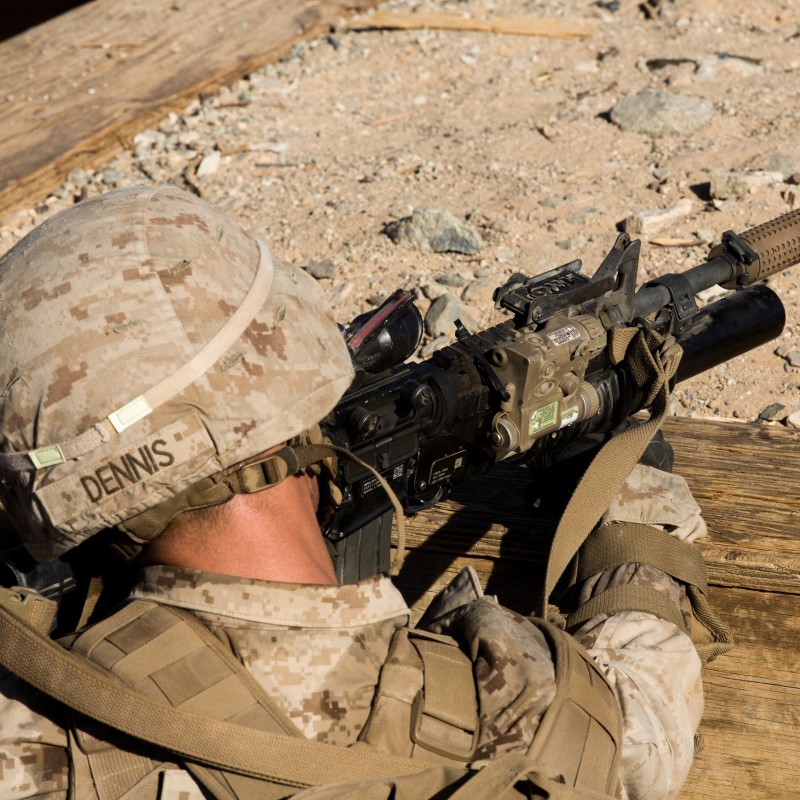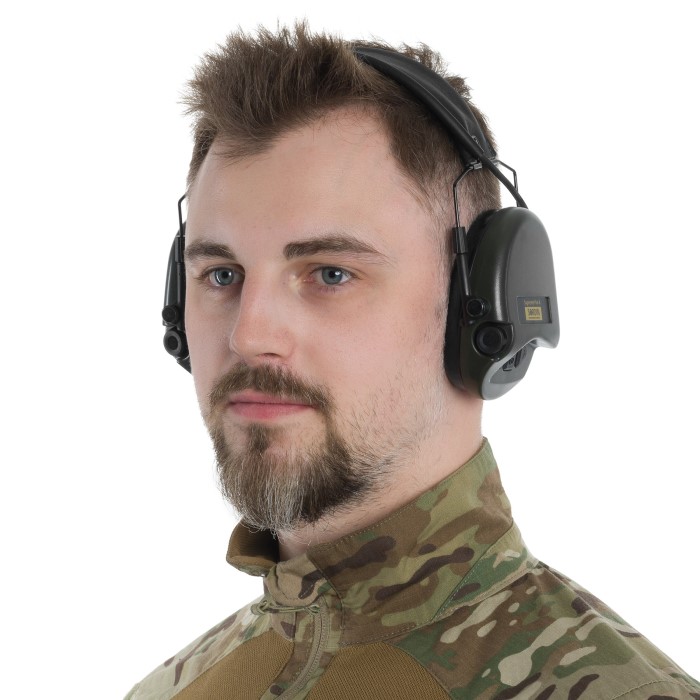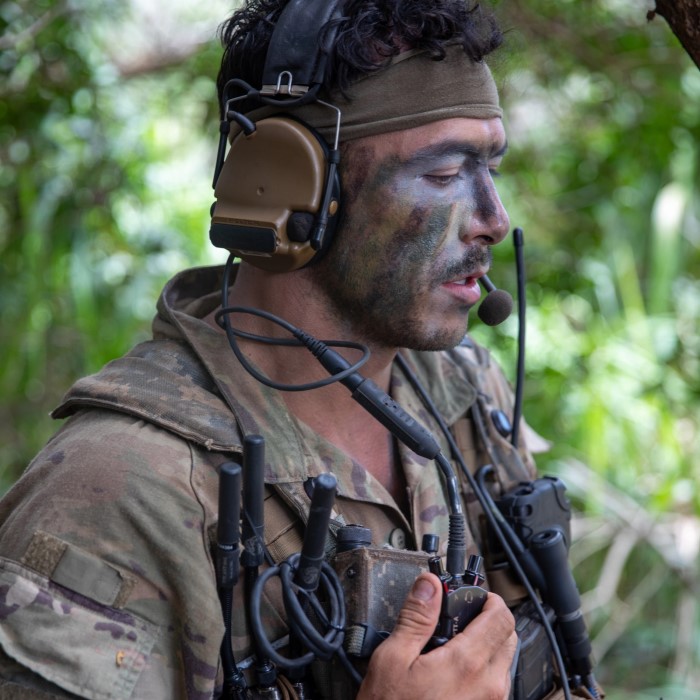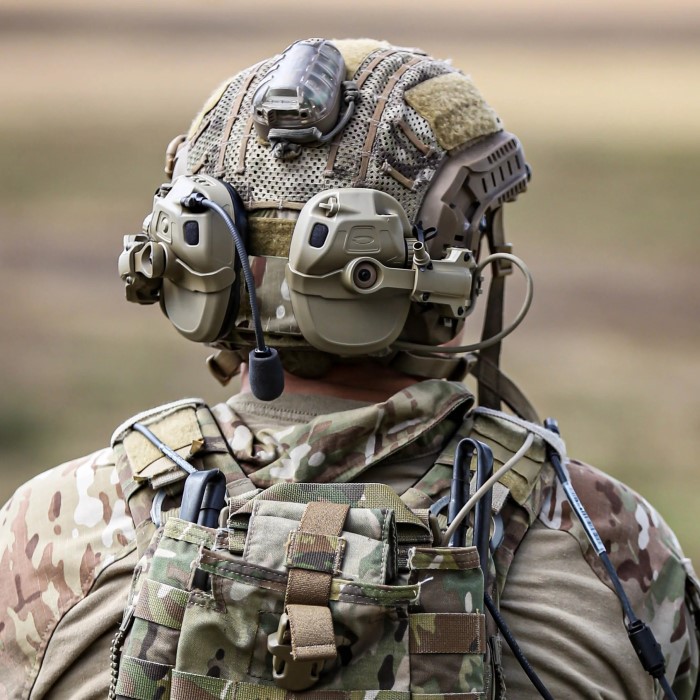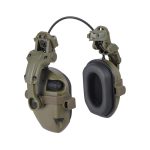Understanding the Need for Ear Protection in the Military
In military operations, soldiers encounter numerous environmental hazards, some of the most significant being high levels of noise. The sounds of firearms, explosives, and heavy machinery can create a perilous environment for service members. This noise not only poses immediate risk during active combat but can also have long-term effects on a soldier’s hearing capabilities. Thus, one essential question arises: Do soldiers wear ear protection? The answer is an emphatic yes. Hearing safety is paramount for military personnel engaged in various operational environments.
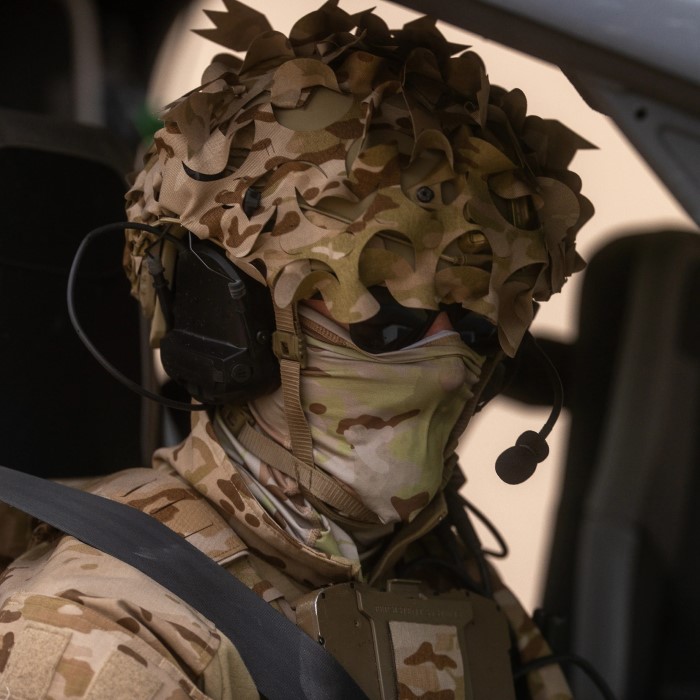
Hearing loss remains one of the most commonly reported injuries in military settings. Research has shown that soldiers exposed to loud sounds are at risk of experiencing temporary or permanent threshold shifts, resulting in diminished hearing ability over time. This concern makes ear protection not just important—it’s vital. The military has recognized early on that safeguarding hearing can have profound implications for a soldier’s life—not just during their service but for years afterward.
Types of Ear Protection Used by Soldiers
Do soldiers wear ear protection? Soldiers use several types of ear protection devices tailored to their operational needs. Here’s a detailed overview of the most common forms of ear protection utilized in military contexts:
Foam Earplugs
- Simplicity and Accessibility: Foam earplugs are among the most straightforward and widely used forms of ear protection. Their design is uncomplicated, making them easy to use for anyone, regardless of prior experience with hearing protection. Most drugstores, supermarkets, and online retailers readily stock foam earplugs, making them accessible for everyone.
- Cost-Effectiveness: One of the significant advantages of foam earplugs is their affordability. They are typically inexpensive, making it easy for individuals to purchase them in bulk. This financial accessibility allows more people to protect their hearing without straining their budgets.
- Efficacy in Noise Reduction: Foam earplugs effectively reduce overall noise levels by creating a barrier in the ear canal. When properly fitted, they can diminish harmful sounds from environments like concerts, construction sites, or loud recreational activities. This feature helps prevent noise-induced hearing loss over time.
- Limitations in Sound Differentiation: However, foam earplugs come with a notable drawback. They do not differentiate between harmful noise and beneficial sounds, such as voices or alerts. This can lead to communication issues, making it challenging for users to hear conversations or important auditory signals in their environment.
- Potential Alternatives: For users who require communication while still wanting to protect their hearing, alternative ear protection solutions should consider. Recognizing that foam earplugs might not meet all needs underscores the importance of selecting the right ear protection based on specific situational requirements.
Custom-Molded Earplugs
- Tailored Fit: Custom-molded earplugs are designed specifically to fit the unique shape of the user’s ear canal. This personalized fitting offers improved comfort, making them suitable for extended use without discomfort. Comfort is critical, particularly for those needing hearing protection for long periods.
- Enhanced Protection: Due to their snug fit, custom-molded earplugs are effective at blocking out harmful noise while preventing sound leakage. Users benefit from better noise isolation, which helps protect hearing in various noisy environments, from industrial workplaces to loud concerts.
- Selective Sound Penetration: Unlike foam earplugs, custom-molded options can be engineered to allow for safe sound frequencies to penetrate. This feature enables users to hear essential sounds—like a colleague’s voice or alerts—while still enjoying robust protection against harmful noise levels.
- Individual Consultations: To obtain custom-molded earplugs, users typically have to undergo a fitting process with an audiologist or hearing specialist. This consultation ensures that the resulting earplugs meet specific needs and maximize both protection and comfort.
- Cost Considerations: While custom-molded earplugs may be more expensive than standard foam options, their durability, comfort, and effectiveness can make them a worthwhile investment for those needing regular ear protection.
Electronic Hearing Protection
- Advanced Technology Integration: Electronic hearing protection goes beyond standard earplugs by incorporating advanced technology. These devices enable users to hear normal environmental sounds while effectively filtering out harmful noises. This feature is incredibly beneficial for active environments where situational awareness is essential.
- Noise Filtration System: The technology in electronic hearing protection works by amplifying soft sounds and voices while blocking or attenuating loud noises above a certain decibel threshold. For example, electronic earmuffs can enhance faint conversations and environmental sounds but will immediately suppress loud, damaging sounds like gunfire or machinery noise.
- Applications Across Various Settings: Electronic hearing protection is commonly used in various environments, from shooting ranges to construction sites and even in industrial workplaces. Their ability to facilitate communication while providing protection makes them suitable for teamwork and collaboration.
- Comfort and Usability: Many electronic hearing protection devices are designed with comfort in mind, featuring padded ear cups and adjustable headbands for prolonged use. Some models include built-in microphones and speakers, providing users with hands-free communication capabilities.
- Increased Awareness and Safety: By allowing users to perceive their surroundings while protecting against potentially harmful sounds, electronic hearing protection enhances safety and situational awareness. This dual-functionality is a significant advantage for individuals in active and hazardous environments.
Communication Headsets
- Crucial for Team Cohesion: In military, industrial, and emergency situations, effective communication is vital. This dual-purpose technology helps individuals stay connected with their teams without compromising hearing safety.
- Built-in Microphones and Speakers: Many communication headsets come equipped with built-in microphones and speaker systems. These features enable users to communicate clearly in noisy or chaotic environments without needing to remove their hearing protection. The integration of technology ensures that crucial information can convey instantaneously.
- Durability and Reliability: Designed to withstand harsh conditions, communication headsets often feature robust construction and weather-resistant materials. This durability is paramount when operating in challenging environments, such as outdoor fields or construction zones.
- Customization for Different Activities: Various models of communication headsets are available, tailored for specific uses—whether military operations, industrial applications, or emergency services. Users can choose models that best fit their needs, ensuring they have the right tools for their environments.
- Enhanced Safety and Coordination: By combining hearing protection with communication, these headsets promote safer operations. Users can respond to changes, coordinate actions, and maintain awareness of their surroundings, mitigating risks and improving overall safety in the field.
Each type of protection serves specific purposes and suits different operational requirements. Soldiers receive training on when and how to use each type, ensuring they choose the right protection for their unique situations.
The Importance of Hearing Safety in Combat
Do soldiers wear ear protection? In the realm of combat, hearing safety becomes increasingly crucial. Soldiers depend on their auditory senses for communication, threat identification, and situational awareness. Therefore, the protection of hearing isn’t merely a matter of comfort; it is fundamental to the effectiveness of military operations.
Hearing loss can lead to severe consequences for soldiers, hindering their ability to work as part of a cohesive unit. The inability to hear commands or alerts can put not only the individual soldier but also their entire unit at risk. As such, the long-term implications of unprotected exposure to high noise levels become profoundly significant.
It’s also essential to consider the psychological impact of hearing loss. Many soldiers suffer from tinnitus, characterized by persistent ringing or buzzing in the ears. This condition can lead to difficulties in concentrating, increased anxiety, and a decrease in overall quality of life. By implementing effective hearing protection measures, the military not only safeguards its personnel’s physical health but also supports their mental well-being.
Addressing Common Misconceptions About Ear Protection
Despite advancements and awareness regarding hearing protection, misconceptions persist. One prevalent myth is that soldiers do not wear ear protection during combat scenarios.
Some may argue that wearing ear protection might hinder a soldier’s ability to respond to verbal commands or critical sounds. However, advancements in technology have led to the development of hearing protection that allows for adequate auditory awareness without sacrificing safety.
Another common misconception is that hearing protection devices are cumbersome and uncomfortable, deterring soldiers from using them. While early iterations may have suffered from this issue, modern ear protection design with both comfort and functionality in mind. Soldiers can now select custom-molded options or electronic devices that prioritize ease of use while granting optimal protection.
How Do Soldiers Not Lose Their Hearing?
The military teams employ extensive training programs aimed at educating soldiers about the critical importance of hearing protection. Soldiers learn about the types of ear protection available, their proper use, and the potential consequences of neglecting hearing safety. Regular training sessions focus on recognizing harmful noise levels and understanding when to employ ear protection.
Soldiers are also encouraged to monitor their hearing health actively. Symptoms like muffled hearing or persistent ringing in the ears should report to medical personnel promptly. Early interventions can help mitigate long-term hearing issues. Commanding officers often emphasize the importance of taking these symptoms seriously to safeguard the well-being of their teams.
Furthermore, the military utilizes innovative technology to streamline auditory health management.
Can Soldiers Have Ear Piercings?
Regarding personal appearance, military policies about ear piercings differ by branch. Generally, visible body piercings, including ear piercings, might restrict while in uniform. Nevertheless, once off-duty, soldiers often have the freedom to adorn themselves as they wish—within certain guidelines.
Nevertheless, during active duty, the focus remains firmly on mission readiness and safety. Soldiers are encouraged to prioritize protective gear over personal adornments. For example, wearing earrings that dangle could become a safety issue or create a distraction during operations.
Does the Military Use Sordin?
Sordin is a popular brand known for its electronic hearing protection gear. These devices have gained a reputation among military personnel for their quality and dual functionality—protecting hearing while allowing for effective communication. Sordin products come equipped with advanced technology to allow environmental sound waves to be heard while simultaneously blocking harmful levels of noise.
Many soldiers favor Sordin headsets for their ability to blend safety and communication capabilities seamlessly. By enabling soldiers to communicate clearly with their teams while protecting their hearing, Sordin has positioned itself as a reliable choice in military settings.
Conclusion: The Future of Hearing Protection for Soldiers
In summary, do soldiers wear ear protection? This fundamental question underscores an ongoing commitment to hearing safety within the military. The use of ear protection is not merely a regulation; it plays a crucial role in ensuring service members can perform their roles effectively while safeguarding their long-term health.
As technology continues to advance, new innovations in ear protection will emerge, providing soldiers with even better tools to manage noise exposure. Whether foam earplugs, electronic earmuffs, or communication headsets, the ultimate goal remains the same: to protect the hearing and well-being of those who serve.
The responsibility of safeguarding hearing must be shared among all soldiers. Through education, awareness, and the correct use of protective devices, the military can continue to minimize the risk of hearing loss among personnel. With ongoing efforts, soldiers can be equipped with the knowledge and tools necessary to prioritize their auditory health, fulfilling both personal and operational preparedness.
